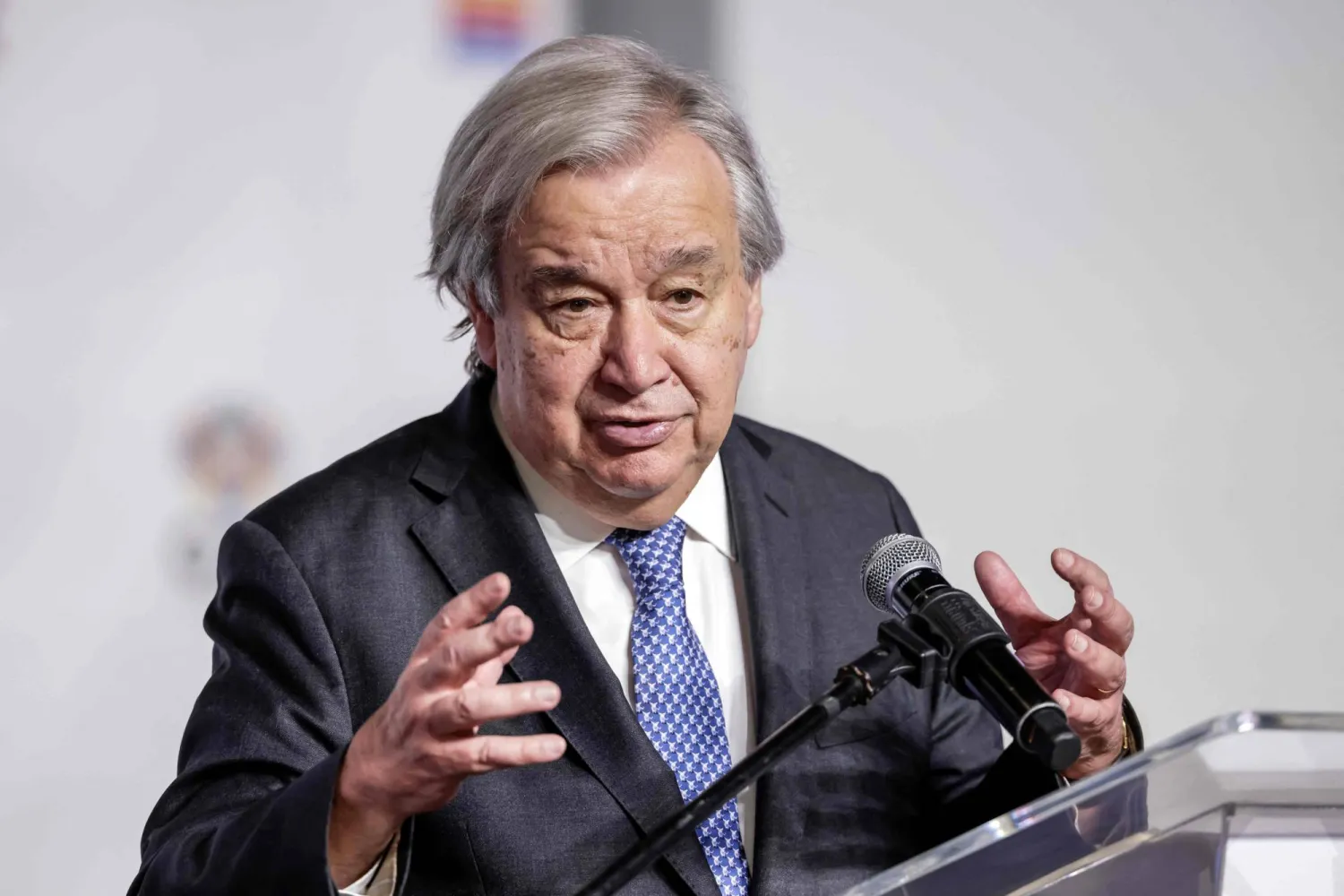An Uzbek military commander was killed on Thursday in Syria’s northwestern Idlib province following a drone strike believed to be mounted by the US-led International Coalition. The strike targeted a vehicle near the town of Sarmada.
“A drone believed to be affiliated with the International Coalition targeted a four-wheel drive vehicle near the town of Sarmada in Idlib countryside, which led to the killing of the Uzbek leader, known by his alias ‘Abu Yahya’ and wounding two of his companions,” a source in the Syrian opposition’s civil defense in Idlib province told DPA.
The source pointed out that the commander was identified through the papers that were found inside the vehicle and the ID card he was carrying under which his name and position were specified. The card was issued by the military wing of Hayat Tahrir al-Sham (HTS).
Information circulated on social media pages affiliated with the extremist Guardians of Religion Organization revealed that the Uzbek commander works as an independent military trainer.
Idlib and Aleppo’s countryside fall under the control of extremist groups, including the HTS and factions from the National Front for Liberation which is an offshoot of the Syrian opposition’s National Army.
Leaders of militant groups in Idlib throughout the past years have been the target of drone strikes staged by the International Coalition. Dozens were killed.
For its part, the opposition’s Sham network reported on a drone strike targeting a military vehicle en route the southern mountainous road of the Sarmada town in Idlib. It said that the strike had hit an Uzbek commander that goes by Abu Yahya and has led to his death.
On June 24, a drone strike believed to belong to the International Coalition targeted a military vehicle traveling the road connecting the town of Binnish to Idlib. The strike resulted in two deaths.
The Guardians of Religion Organization, at the time, announced the death of the commander Abu al-Qassem in an air strike that targeted Idlib.









